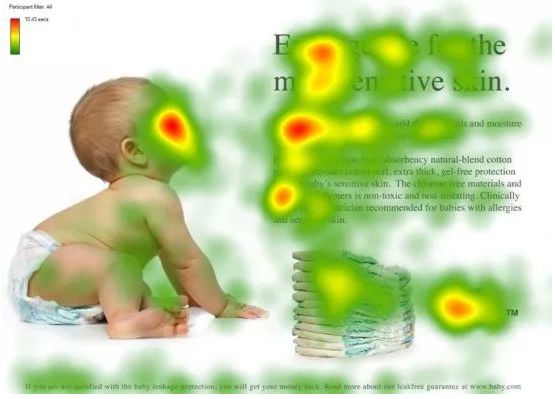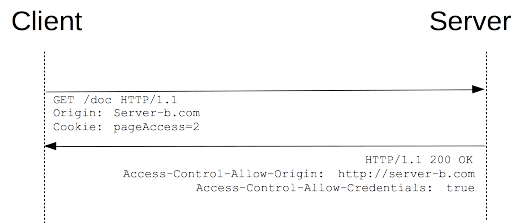In Tfidf.fit_transform we are only using the parameters X and have not used y for fitting the data set. Is this right? We are generating the tfidf matrix for only parameters of the training set.We are not using ytrain in fitting the model. Then how do we make predictions for the test data set
可以将文章内容翻译成中文,广告屏蔽插件可能会导致该功能失效(如失效,请关闭广告屏蔽插件后再试):
问题:
回答1:
https://datascience.stackexchange.com/a/12346/122 has a good explanation of why it's call fit(), transform() and fit_transform().
In gist,
fit(): Fit the vectorizer/model to the training data and save the vectorizer/model to a variable (returnssklearn.feature_extraction.text.TfidfVectorizer)transform(): Use the variable output fromfit()to transformer validation/test data (returnsscipy.sparse.csr.csr_matrix)fit_transform(): Sometimes you to directly transform the training data, so you usefit()+transform()together, thusfit_transform(). (returnsscipy.sparse.csr.csr_matrix)
E.g.
from sklearn.feature_extraction.text import TfidfVectorizer
import numpy as np
from scipy.sparse.csr import csr_matrix
# The *TfidfVectorizer* from sklearn expects list of strings as input.
sent0 = "The quick brown fox jumps over the lazy brown dog .".lower()
sent1 = "Mr brown jumps over the lazy fox .".lower()
sent2 = "Roses are red , the chocolates are brown .".lower()
sent3 = "The frank dog jumps through the red roses .".lower()
dataset = [sent0, sent1, sent2, sent3]
# Initialize the parameters of the vectorizer
vectorizer = TfidfVectorizer(input=dataset, analyzer='word', ngram_range=(1,1),
min_df = 0, stop_words=None)
[out]:
# Learns the vocabulary of vectorizer based on the initialized parameter.
>>> vectorizer = vectorizer.fit(dataset)
# Apply the vectorizer to new sentence.
>>> vectorizer.transform(["The brown roses jumps through the chocholate dog ."])
<1x15 sparse matrix of type '<class 'numpy.float64'>'
with 6 stored elements in Compressed Sparse Row format>
# Output to array form.
>>> vectorizer.transform(["The brown roses jumps through the chocholate dog ."]).toarray()
array([[0. , 0.31342551, 0. , 0.38714286, 0. ,
0. , 0.31342551, 0. , 0. , 0. ,
0. , 0. , 0.38714286, 0.51249178, 0.49104163]])
# When you don't need to save the vectorizer for re-using.
>>> vectorizer.fit_transform(dataset)
<4x15 sparse matrix of type '<class 'numpy.float64'>'
with 28 stored elements in Compressed Sparse Row format>
>>> vectorizer.fit_transform(dataset).toarray()
array([[0. , 0.49642852, 0. , 0.30659399, 0.30659399,
0. , 0.24821426, 0.30659399, 0. , 0.30659399,
0.38887561, 0. , 0. , 0.40586285, 0. ],
[0. , 0.32107915, 0. , 0. , 0.39659663,
0. , 0.32107915, 0.39659663, 0.50303254, 0.39659663,
0. , 0. , 0. , 0.26250325, 0. ],
[0.76012588, 0.24258925, 0.38006294, 0. , 0. ,
0. , 0. , 0. , 0. , 0. ,
0. , 0.29964599, 0.29964599, 0.19833261, 0. ],
[0. , 0. , 0. , 0.34049544, 0. ,
0.4318753 , 0.27566041, 0. , 0. , 0. ,
0. , 0.34049544, 0.34049544, 0.45074089, 0.4318753 ]])
>>> type(vectorizer)
<class 'sklearn.feature_extraction.text.TfidfVectorizer'>
>>> type(vectorizer.fit_transform(dataset))
<class 'scipy.sparse.csr.csr_matrix'>
>>> type(vectorizer.transform(dataset))
<class 'scipy.sparse.csr.csr_matrix'>



